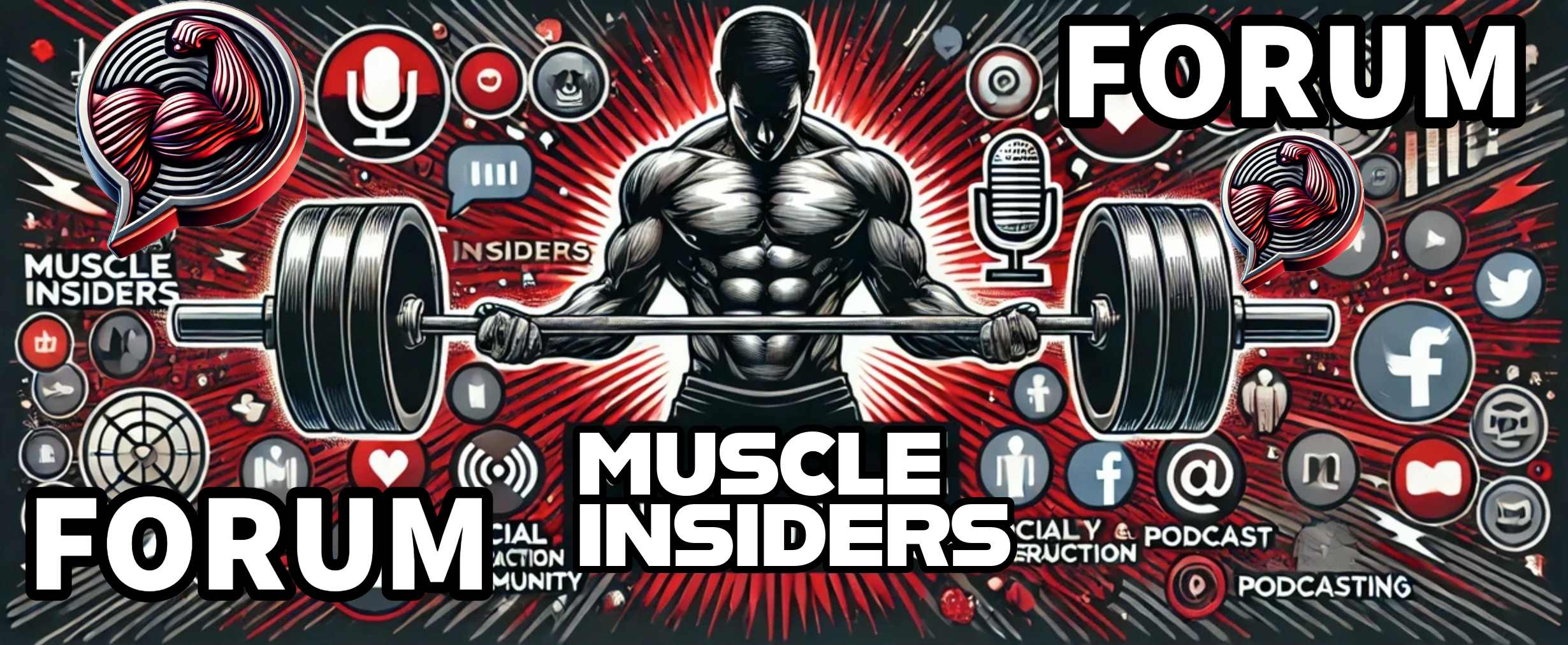Mitchell Hooper Explains How To Adjust Training Frequency

While there’s crossover between training for maximal strength and hypertrophy, they differ fundamentally. “We’re not training our muscles; we’re training our nervous system,” explained Mitchell Hooper, the 2023 World’s Strongest Man and 2024 Strongest Man on Earth.
Unlike growing muscles, getting as strong as possible is believed to revolve around skill building and nervous system adaptation. Hypertrophy still influences strength, but nerve-muscle interaction plays a major part.
Hooper recently established the groundwork of strength training frequency for all experience levels. “Many of us started with bodybuilding principles, many of which don’t apply to strength [training].”
How Frequently Should You Train?
Hooper’s simple answer? “Train as frequently as you can recover from.” This seems to be the universal consensus for optimizing performance.
You’re doing it right by progressing consistently, but if you’re irritable, have difficulty sleeping, or have a poor appetite, you may need more recovery. Structure training to allow tendons and ligaments to keep up.
How to Train for Peak Strength
Hooper suggests periodized strength training to balance recovery and strength gains. This involves alternating workout intensity and volume in spurts, aiming for higher peaks until you top out strength gains. Then, shift focus to hypertrophy or endurance training to recharge before another strength-building phase.
Hooper’s Training Frequency Guidelines
To help optimize strength training frequency, Hooper established some practical guidelines for all skill levels:
Novice Lifters
- Frequency: 4-7 times weekly per movement.
- Why: Beginners need more practice to master lifting techniques. Train with moderate intensity to learn quickly without overtraining.
Intermediate Lifters
- Frequency: 3-5 times weekly per movement.
- Why: Between several weeks to six months of training, neural efficiency usually peaks. Overtraining risk increases, so training variety is essential.
- Example of an intermediate routine:
- Workout 1: Heavy, low-rep training (1-5 reps at 6-9 RPE).
- Workout 2: Address weaknesses (e.g., unilateral work).
- Workout 3: Moderate intensity, low volume for power and accessories.
“The answer to increasing frequency is decreasing intensity and total volume,” Hooper affirmed.
Advanced Lifters
- Frequency: 1-3 times weekly per movement.
- Why: The closer you are to your genetic potential, injury risk increases significantly due to your ability to lift heavy loads. Recovery becomes a limitation.
“Few advanced lifters can train [certain lifts] thrice weekly.” Hooper asserted. It has nothing to do with the nervous system. “Regardless of how easy [700 pounds] moves, it’s still 700 pounds.” How many times you can train a lift weekly depends on the exercise. Squats and deadlifts are usually more taxing than shoulder presses.
Hoopers 3 Recovery Principles
Realizing strength potential is a pipe dream without healthy habits. Hooper outlined three factors that make or break progress:
- Nutrition: Balance macronutrients and micronutrients to fuel performance.
- Sleep: Quality sleep is vital for health and recovery. Research suggests 7-9 hours nightly is most optimal. (1)
- Stress Management: Controlling emotional stress is crucial for maximizing progress.
More Strongman Content
- Graham Hicks Withdraws From 2025 Britain’s Strongest Man Contest
- Strongman Legend Bill Kazmaier Provides Health Update, GoFundMe Established to Pay for Medical Expenses
- 2025 Shaw Classic Schedule and Strongest Man On Earth Competitor Invites Revealed
Reference
- Watson NF, Badr MS, Belenky G, Bliwise DL, Buxton OM, Buysse D, Dinges DF, Gangwisch J, Grandner MA, Kushida C, Malhotra RK, Martin JL, Patel SR, Quan SF, Tasali E. Recommended Amount of Sleep for a Healthy Adult: A Joint Consensus Statement of the American Academy of Sleep Medicine and Sleep Research Society. Sleep. 2015 Jun 1;38(6):843-4. doi: 10.5665/sleep.4716. PMID: 26039963; PMCID: PMC4434546.
Featured image: @mitchellhooper on Instagram
The post Mitchell Hooper Explains How To Adjust Training Frequency appeared first on BarBend.









